‘Peg Zesa tariffs at commercial rates’

Nqobile Bhebhe, Senior Business Reporter
CEMENT producer- PPC Zimbabwe managing director, Mr Kelibone Masiyane has said it is imperative for the Zimbabwe Electricity Supply Authority (Zesa) to charge competitive commercial tariffs to improve efficiency.
There have been calls by industry for Zesa to have cost reflective power tariffs to sustain imports and ensure consistent supply of electricity.
The power utility has until recently been charging tariffs that are below cost of producing electricty. It indicated that the development was contributing to increased power cuts and failure to replace damaged equipment.
Mr Masiyane said the cement industry is capital and energy intensive and to guarantee continued production, there is need for Zesa to peg tariffs at commercial rates.
Briefing members of the Parliamentary Committee on Industry and Commerce who were on a fact-finding mission at the factory on Wednesday, he said inconsistent power supply and power quality issues, unreliable railway services and skills flight in relation to technical employees are key challenges facing the cement industry.
“The cement industry is capital intensive and from an energy consumption point of view consume huge amounts of energy. We consume such amounts so that we sustain growth of infrastructure in the country.
“It is important for Zesa to charge commercial tariffs and as PPC Zimbabwe we support that.”
“If Zesa can’t supply power, this means that we won’t produce cement. We are asking for efficiency, if everybody is paying reasonable tariffs, that would be a plus.”
The country has the capacity to produce 2,6 million tons of cement per annum with demand hovering around 1,5 to 1,6 million tons per annum.
Lafarge Zimbabwe and PPC control more than 70 percent of the domestic market.
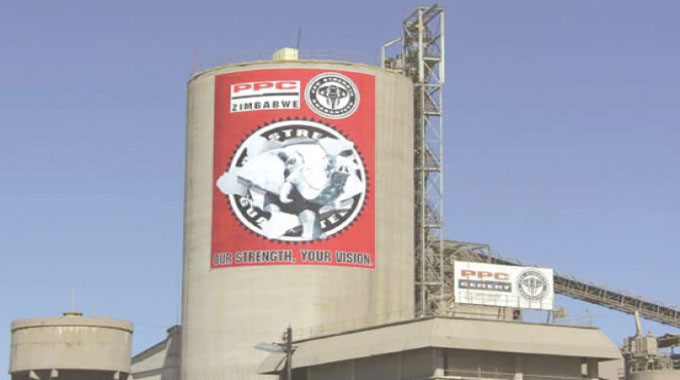
PPC Zimbabwe
Mr Masiyane told legislators that cement production is one of the most energy intensive processes.
Most of this energy is used as coal for firing the kiln to produce clinker and electricity to grind raw materials and clinker, when making cement, he said.
“While ex-works coal prices are competitive when compared to neighbouring countries, the landed cost of coal is affected by very high transportation costs.
“In some countries, cement producers are adopting vertical integration or energy supply in order to reduce energy costs.”
Another key sector that affects cement production is the transport industry and Mr Masiyane said there is need for the revival of the National Railway of Zimbabwe.
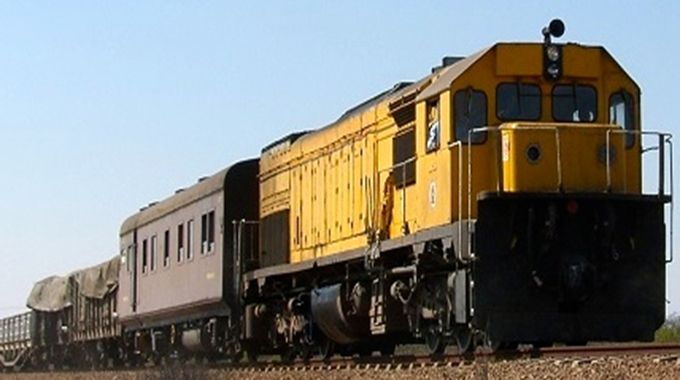
National Railways of Zimbabwe train (File picture)
He outlined regional comparatives transport charges for both rail and road which factor into the cost of the final product.
“Transport is a key part of the cement value chain due to the high volumes and weights involved. Cement companies need to transport cement to customers and raw materials to their own plants.
“Cement is a low value, but bulky product and hence transportation costs account for a relatively large share of total product costs.
“Rail costs in Zimbabwe is 6,75 US cents per kilometre per tonne compared to 1,79 US cents per kilometre per tonne for South Africa.
“Road in Zimbabwe delivers cement at 11 US cents per kilometre per tonne compared to 7 US cents per kilometre per tonne for South Africa.”
As part of recommendations to operational challenges, Mr Masiyane said focus should be on capitalisation of NRZ to capacitate the entity to provide reliable and commercially comparable services to industry.
On electricity, he said there is need for regionally comparable levies and charges for power consumption and ringfence arrangements for key power consumers.

ZETDC
Government recently granted Zesa the greenlight to bill exporters in foreign currency with proceeds to be channelled to procurement of critical assets and components needed to maintain power generation and repayment of external loans.
The country’s power generation capacity is subdued at around 1 300MW with demand hovering around 1 750MW, according to official statistics.
However, the ongoing US$1,4 billion Hwange Thermal Power Station Unit 7 and 8 expansion projects, set to ease power cuts in Zimbabwe in line with Vision 2030, is at an advanced stage of completion.
Projected to inject an additional 600 megawatts to the national grid, the first unit of the project is set for commissioning in November this year with the remainder coming on board in the first quarter of 2023.

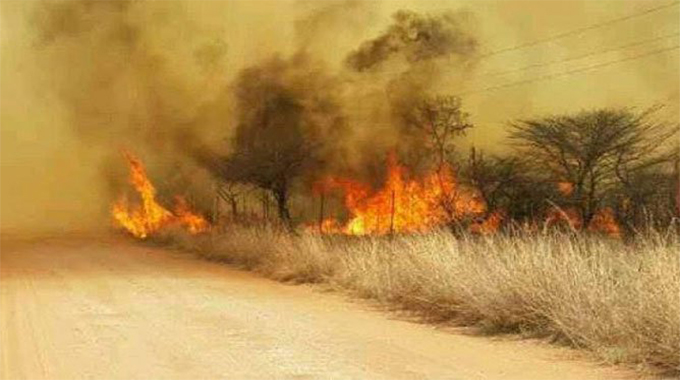
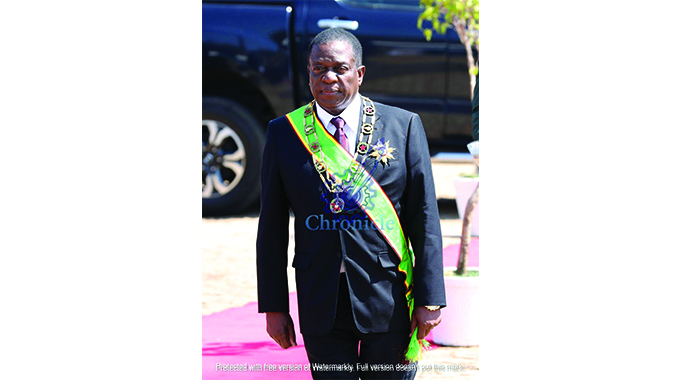


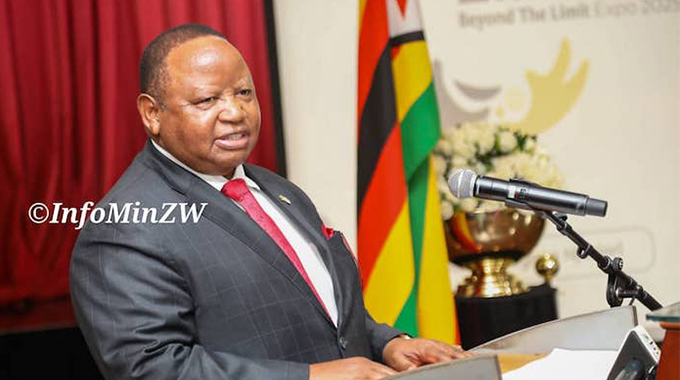






Comments